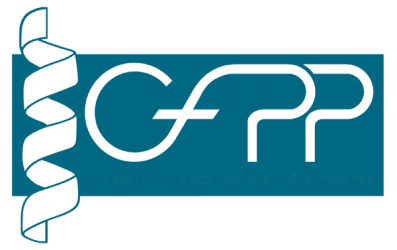
Analogues of the heavy chain of the antimicrobial peptide EeCentrocin 1, originated from the marine sea urchin, Echinus esculentus, maintained high potency even in its truncated form.
ABSTRACT
We have synthesised a series of 12-residue analogues of a previously reported lead peptide (P6) developed from the heavy chain of the marine peptide EeCentrocin 1, isolated from the sea urchin Echinus esculentus. We optimised the lead peptide by increasing its net positive charge, its lipophilicity through N-terminal fatty acid acylation or incorporation of a Trp residue, and by synthesising head-to-tail cyclic peptides under pseudo–high-dilution conditions. All peptides were screened for antimicrobial and antifungal activity, and toxicity was determined against human red blood cells. The two most potent peptide analogues were the linear peptide P6-W6R8 and its head-to-tail cyclic analogue cP6-W6R8 displaying minimum inhibitory concentrations of 0.4–6.6 μM against Gram-positive and Gram-negative bacteria and 6.2–13 μM against fungi. All peptides showed low haemolytic activity except for two of the lipopeptides, in which haemolytic activity correlated with increasing acyl chain length. Mode of action studies using bacterial biosensor strains revealed a membrane disruptive effect of both the linear and the cyclic peptide. Overall, the results of our study demonstrated that relatively simple structural modifications could be successfully employed in the development of potent antimicrobial lead peptides derived from marine natural products.


